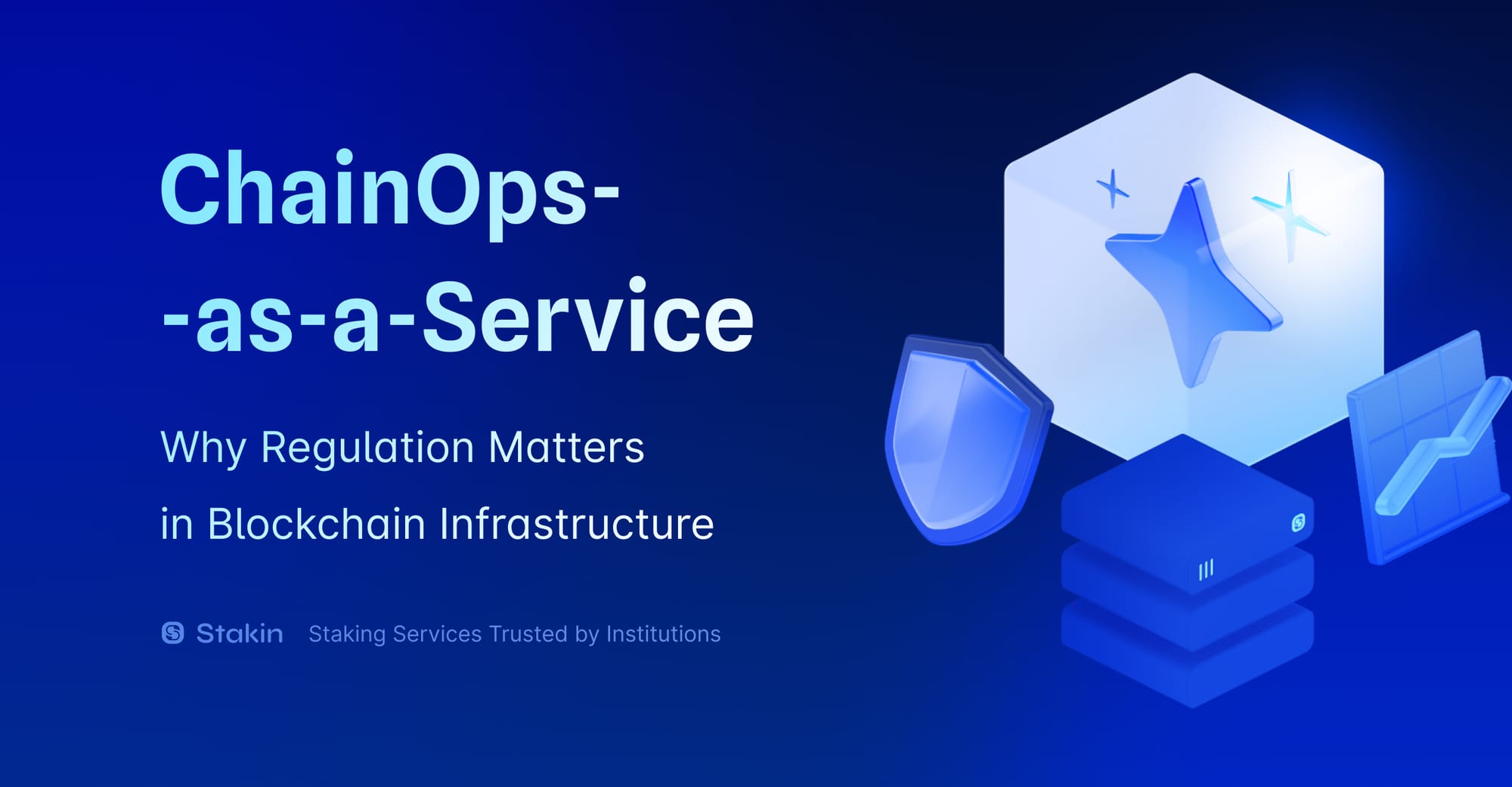Hi Readers👩💻,
When we think about the Cosmos Ecosystem, we think about The Internet of Blockchains as it is so often referred to. But we all know, the internet of blockchain isn’t an easy concept, and interoperability has proved to be one of the most complicated ideas in the Blockchain Ecosystem.
However, not long ago, Cosmos introduced Stargate, and today we’re taking a look at what it is and how it will drive the blockchain ecosystem towards the next phase.
⛓ Interoperability in Blockchain
Interoperability refers to the ability of different types of computer systems to exchange information. In the blockchain space, interoperability means different methods to exchange data, value, and use it. It involves transferring on and off-chain assets and ensuring consistency between systems, which has been a significant challenge in the community.
But good news, many significant entities in the blockchain community have been working on this for years, and 2020 might be the year blockchain interoperability is fully accomplished.
So, why is interoperability between blockchains important? First of all, blockchain technology’s success will depend on how different blockchain networks can interact and integrate both and with off-chain networks.
Interoperability will also assist in getting rid of intermediaries or third parties. When different decentralized networks can communicate with each other without an intermediary, truly and fully decentralized systems will be achieved. Cross-chain technology allows the possibility to understand, read, and interact between different blockchains through multi-asset explorers and tools without putting in tremendous amounts of time and energy.
It is also said that blockchain interoperability will lead to multi-token transactions with the aid of multi-token wallet systems. This kind of development will mean that users will be able to have a single wallet for storage and transfer of many different digital currencies.
Finally, blockchain interoperability can empower horizontal scalability through application-specific chains. Instead of having one siloed blockchain processing all the transactions of thousands of Dapps, hundreds of application-based blockchains are processing their purchases and communicating them to the central hub. With horizontal scalability, blockchains applications are no longer limited by the chain TPS, since it is always possible to create another blockchain and then plug it into the system.
🚀 Stargate Explained
The Cosmos Hub is a thriving environment with great validators, a well-functioning governance system, and a lot of different stakeholders who are actively participating. Like any other chain, Cosmos Hub is not connected to the other chains in the Cosmos ecosystem yet, even though it was the original reason to build the Cosmos Hub.
The aim of the Stargate Testnet is that it will improve the ecosystem by delivering the possibility to connect Cosmos-based chains with Inter-Blockchain Communication (IBC). It is created by Interchain and anticipated to be launched shortly. In a nutshell, IBC makes it easier for blockchains to communicate with each other. It will also enable sovereign blockchains to exchange the value of digital assets and data with each other, regardless of whether they are private or public blockchains. The IBC isn’t completed yet; you can get updates by signing up here.
But that is not the only feature of Stargate; four more key aspects come with the upgrade. For example, Protobuf Migration that will accelerate the front-end development to achieve better performance. Protobuf Migration will assure applications are faster, more reliable, and easier to create. Furthermore, Figment Networks has predicted that with this implementation, the transaction throughput will be increased by 10x to 100x.
State Sync will also be introduced by the Stargate upgrade and will make it possible for nodes to synchronize and be up and running within minutes. Making it so much easier for the Cosmos Blockchain participants to keep up with all the created blocks. Full-Featured Light Clients by Tendermint enable full nodes to bootstrap themselves securely without waiting days to synchronize all past states.
Lastly, the Chain Upgrade Module automizes the upgrade process to reduce the coordination complexity and demands on the validator operators. The current upgrading method is challenging for validators and introduces an additional layer of risk for their operations and their delegators, which may be slashed. However, the Chain Upgrade Module will solve all of that, thanks to Regen Network.
Follow Cosmos to keep track of the updates.
DISCLAIMER — This is not financial advice. Staking, delegation, and cryptocurrencies involve a high degree of risk, and there is always the possibility of loss, including the loss of all staked digital assets. Additionally, delegators are at risk of slashing in case of security or liveness faults on some protocols. We advise you to do your due diligence before choosing a validator.



